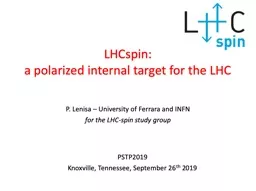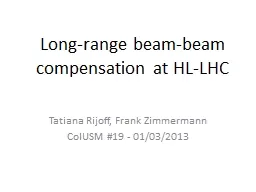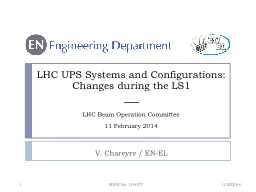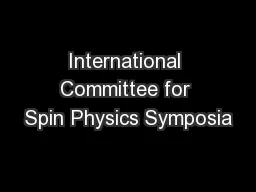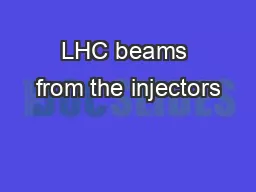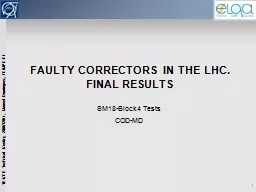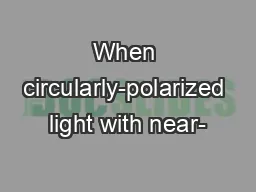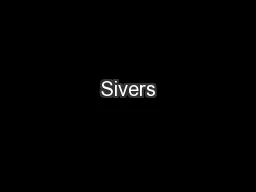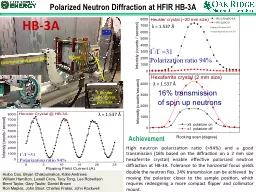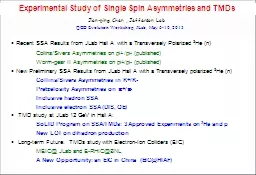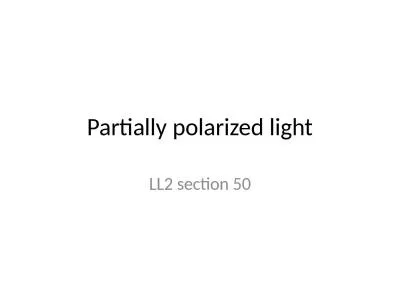PPT-LHCspin : a polarized internal target for the LHC
Author : heartersh | Published Date : 2020-06-24
PSTP2019 Knoxville Tennessee September 26 th 2019 P Lenisa University of Ferrara and INFN for the LHCspin study group 2 A bit of pre history Tefloncoated storage
Presentation Embed Code
Download Presentation
Download Presentation The PPT/PDF document "LHCspin : a polarized internal target fo..." is the property of its rightful owner. Permission is granted to download and print the materials on this website for personal, non-commercial use only, and to display it on your personal computer provided you do not modify the materials and that you retain all copyright notices contained in the materials. By downloading content from our website, you accept the terms of this agreement.
LHCspin : a polarized internal target for the LHC: Transcript
Download Rules Of Document
"LHCspin : a polarized internal target for the LHC"The content belongs to its owner. You may download and print it for personal use, without modification, and keep all copyright notices. By downloading, you agree to these terms.
Related Documents

